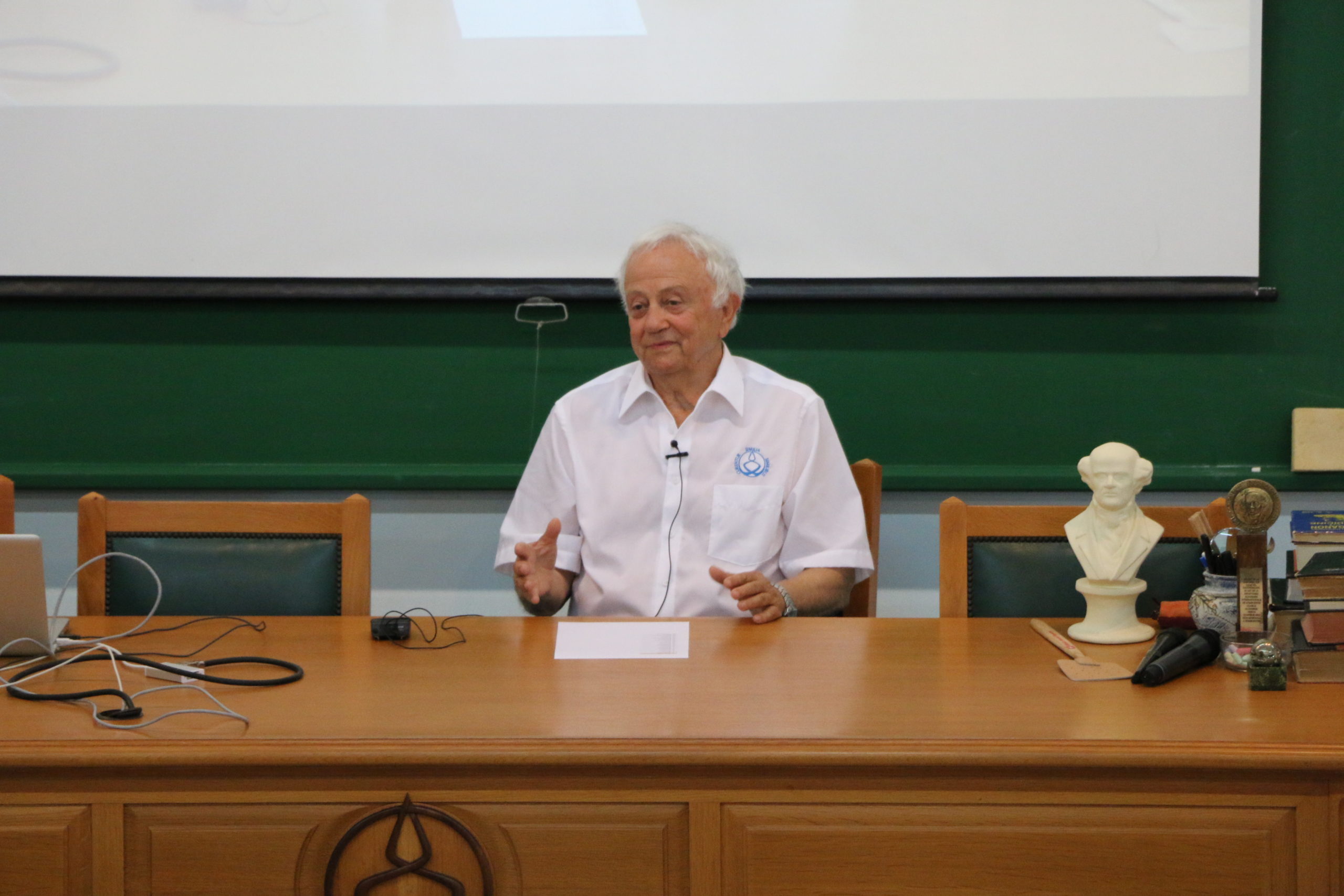We developed a methodology that allows the differentiation of the homeopathic remedy from two types of water – purified and partially purified waters.
This methodology involves two techniques: Electron Microscopy and Raman Spectroscopy and makes also use of deep learning models for Raman data analysis.
For questions, suggestions, and collaborative proposals you can write to Dr Camelia Grosan camelia.grosan@itim-cj.ro
The subject of ultrahigh dilutions has been under continuous debate over the years, mainly because the possibilities to analyze such diluted solutions are limited.
Ultra-high dilutions analysis: Exploring the effects of potentization by electron microscopy, Raman spectroscopy and deep learning
Camelia Berghian-Grosan, Sahin Isik, Alin Sebastian Porav, Ilknur Dag, Kursad Osman Ay, George Vithoulkas
Available translations
Abstract
The subject of ultrahigh dilutions has been under continuous debate over the years, mainly because the possibilities to analyze such diluted solutions are limited. In this context, transmission electron microscopy (TEM) investigations were conducted to evaluate the morphological characteristics of ethanol- and water-based highly diluted solutions of gold; three levels of potentization (6C, 30C, and 200C) were examined for each type of solution. Moreover, Raman spectroscopy and deep learning (DL) algorithms were employed for the analysis of the three potentization levels of purified water, unpurified water, and purified water-based gold solutions. Three batches were assessed for each considered category, and the ability to discriminate between all investigated classes, between the potencies within each group or between the classes within the same level of potentization were presented and discussed in correlation with the TEM findings. Distinct forms of organization were revealed by TEM for the three levels of potentization, while the gated recurrent unit (GRU) model showed great accuracy (88 %) for discriminating all classes, over 90 % accuracy for distinguishing the samples within each group and over 95 % accuracy for classification within the same level of potentization if unpretreated Raman spectra were used. Thus, this suite of methods (TEM-EDX and Raman spectroscopy in combination with DL) can be successfully used for the characterization and differentiation of highly diluted solutions resulting after potentization treatment. Furthermore, considering the results obtained from the discrimination study involving all 11 classes and a data augmentation approach, the spectral segmentation method can be seen as a valuable strategy for increasing the model prediction accuracy.












